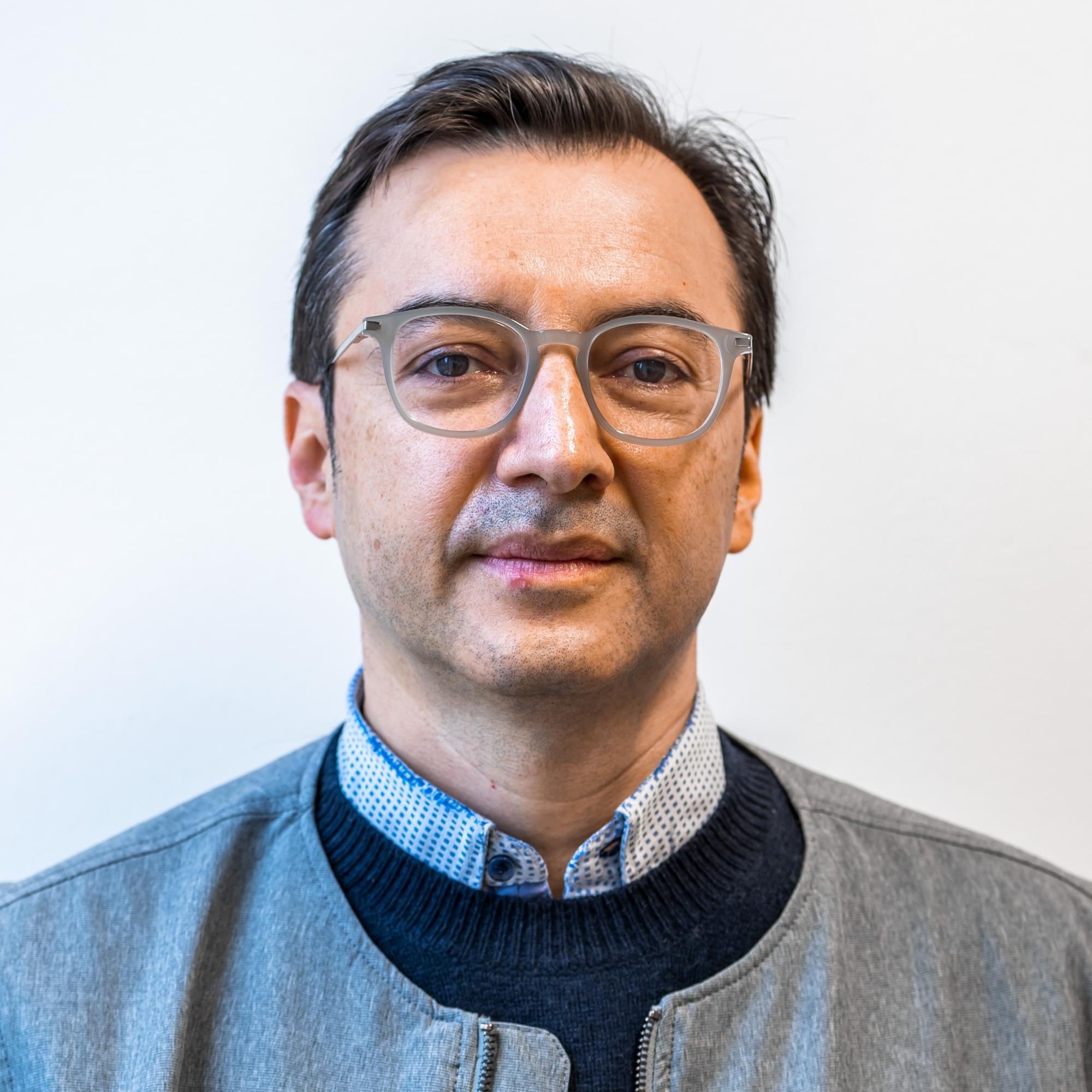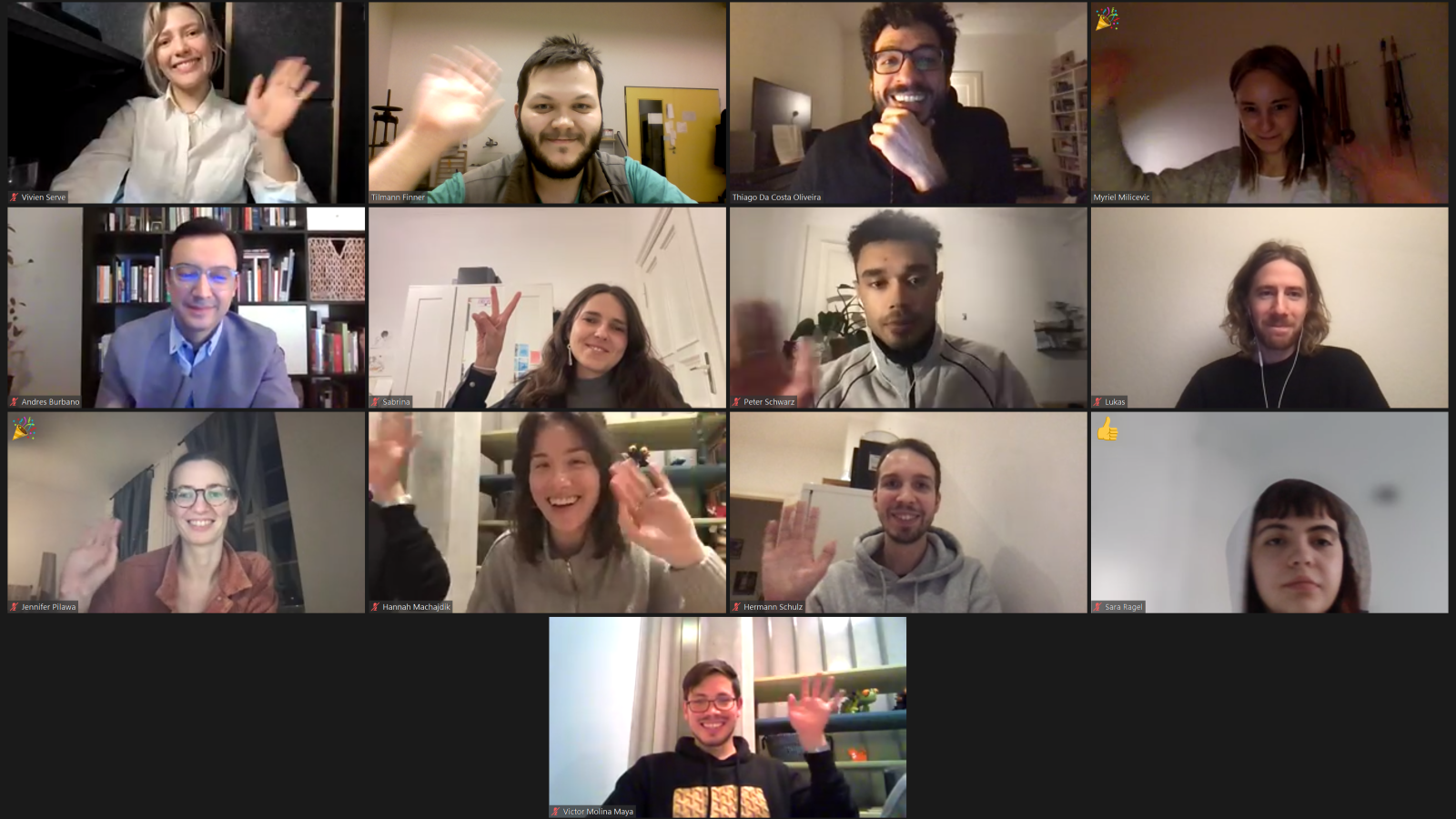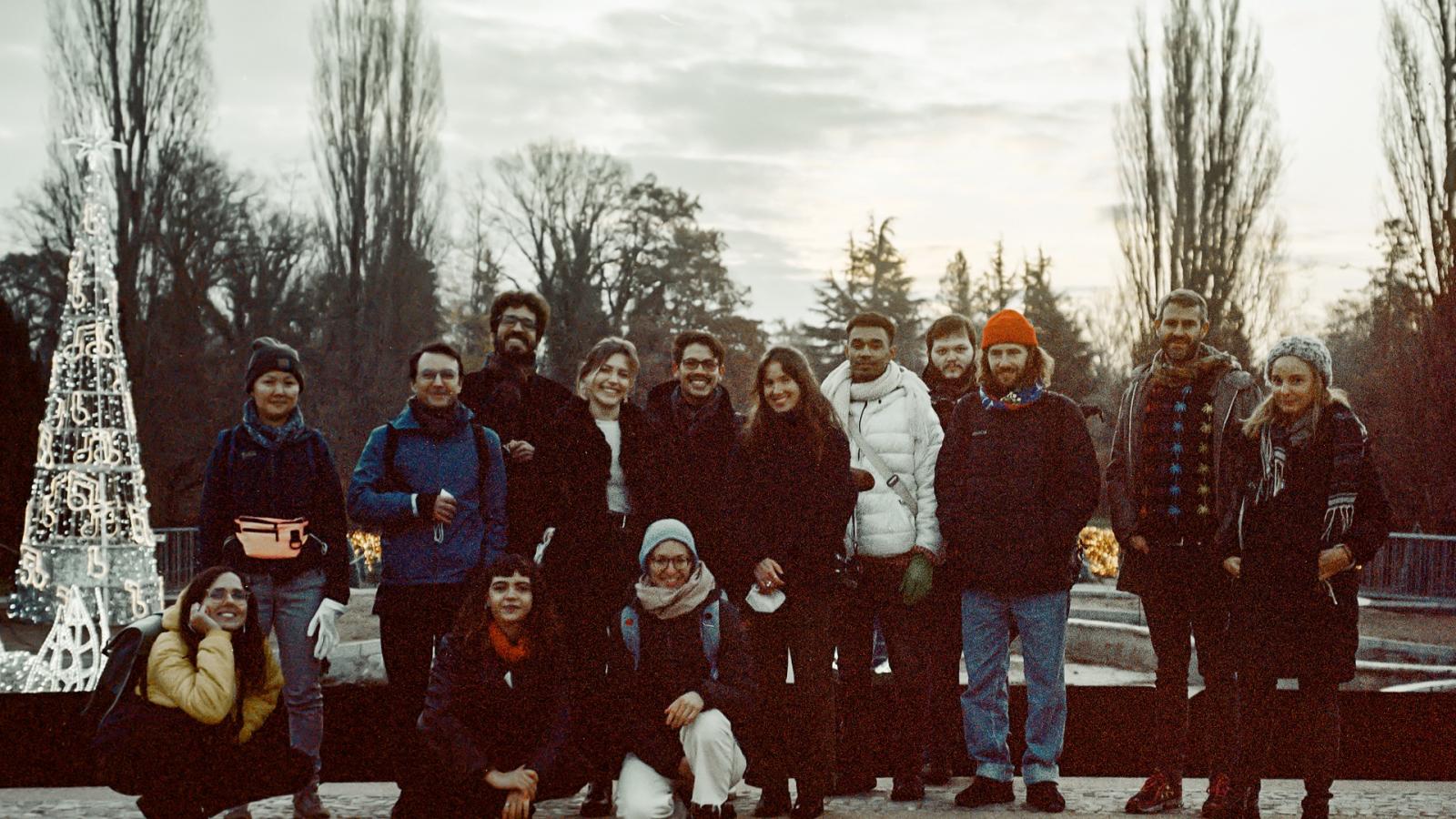Int'lFlex Course "Relational Landscapes" with Prof. Andrés Burbano
Visiting academic Prof. Andrés Burbano reports on his stay in Potsdam and his findings from the Int'lFlex course, initiated by the Department of Design.
Video interview with Prof. Andrés Burbano
In the interview, Prof. Andrés Burbano talks about himself and his professional career. He describes the process and impressions of arriving in Potsdam. What differences from his home institution did he notice? How did he feel about the teaching and cooperation at the University of Applied Sciences Potsdam? What were the students' learning effects and reactions to the international insights the course offered? The Int'lFlex course was funded by the third-party project "FL2@Int'lFlex - Research-based Teaching and Learning in an International Context Project" to support the internationalisation of the University of Applied Sciences Potsdam through cooperation with international partners.
Summary by Prof. Andrés Burbano
The co-teaching experience has been fantastic because you get to know people with different interests. It's been an interesting learning process on how to understand each other and create one class, or two classes in this case, that combine these interests and offer something to the students that could be exciting.
I think there is a lot of interest in what is happening in other parts of the world, in my case, Columbia. Many students are able to compare what happens in these places with what happens in Germany, but also in Asia.
I had the chance to enjoy a lot of Germany. I've been travelling quite a bit and also enjoyed a lot of the cultural diversity in Berlin and Potsdam. What I like a lot about Germany is that you can easily travel by train. I like German culture in general, for instance how people work, write and read on the train.
In the past, I think the academic worlds were more disconnected. There were different traditions in different countries within the same field. Now, despite their cultural differences, there are also new perspectives on design or any discipline that spread around the world quickly. So there is a lot of room for connections at the international level at this point. We need to take advantage of that. The students are at hunger, they grew up with information spreading around the world very quickly and education needs to adapt to that.
What I would say to students of design here or in any place is that we are crossing a very strange moment in recent human history and that there is a need for people with different perspective able to propose problems and find solutions. That is a place where designers and creative people in general have a role to play.
I'm very interested in continuing the collaboration because I think it opens up a lot of interesting opportunities for the students, but also for the professors.


